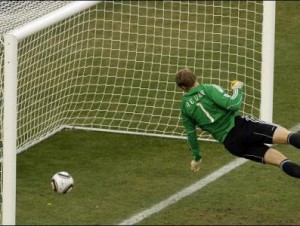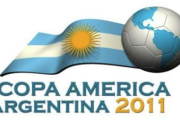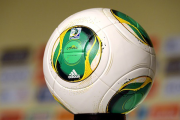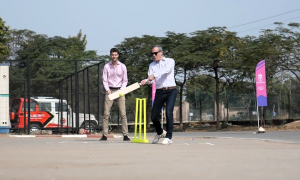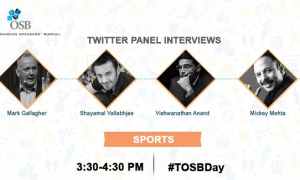FIFA finally brings out goal-line technology by unveiling a two-stage testing programme, which will be tested and verdict will be out in July 2012.
Interested suppliers must apply by 3 June and the first tests will be held between September and December, in which they have to present 90 per cent accuracy rates for their prototype systems. And then shortlist of the best systems will go forward to the second round, between March and June 2012, where 100 per cent success in the second stage. This technology may be used in Brazil for World Cup 2014.
FIFA president Sepp Blatter has already said that goal-line technology could be used at the 2014 World Cup in Brazil. This change came up due to the disallowed goal of English Footballer Frank Lampard’s, during England vs Germany in the 2010 World Cup, but he is demanding the systems show they can offer complete reliability. Lampard was at the centre of another controversy last weekend when he was awarded a goal for Chelsea against Tottenham, despite television pictures suggesting the whole of the ball may not have crossed the line. So, now FIFA is ready to accept the need for goal-line technology – if the systems are fully reliable.
Each firm can select the stadium in which they would like the tests to take place and the process will be divided into three parts:
- Shots from all over the pitch into an empty net. A 100% success rate is needed to pass phase one.
- ‘Dynamic’ tests: a ball-shooting machine will fire shots into the goal where a fixed wall will at first stop the ball crossing the line, and then be moved back inside the goal at different distances from the line. A 90% success rate is needed to pass phase one.
- ‘Static’ tests: a ball is placed on a sledge and moved at slow motion across the goal-line, sometimes with the ball rotating. A 90% success rate of this test is also needed to pass phase one.
For each test, an immediate signal that the ball has crossed the line must be sent to a referee’s watch.
The International Football Association Board had conducted tests of 10 companies in February – including one system that registered a goal when the ball was two inches above the crossbar – although three did come close to being 100% accurate.
One top competitor for this technology is British company Hawk-Eye which believes its technology is 100% accurate but it didn’t participate in the first tests at FIFA headquarters in February because it needed a stadium in which to use its systems.
Tags: Brazil, FIFA, Goal-Line Technology, Hawk-Eye, Sepp Blatter, World Cup 2014

